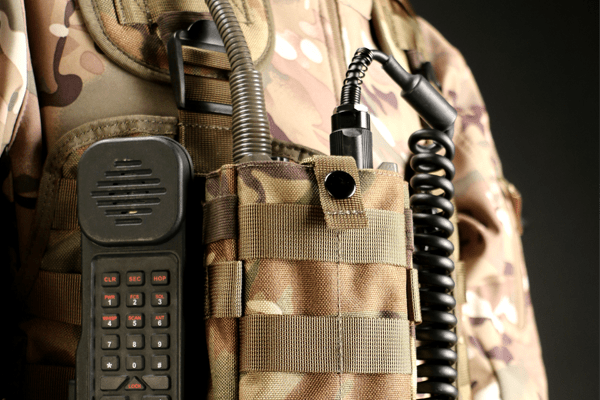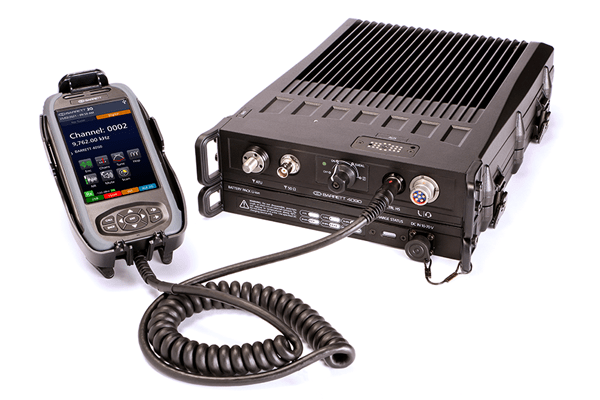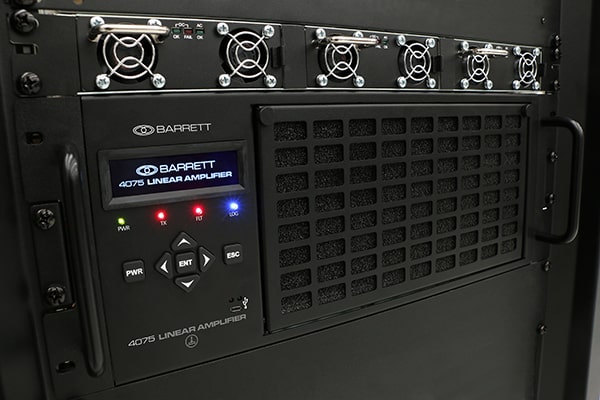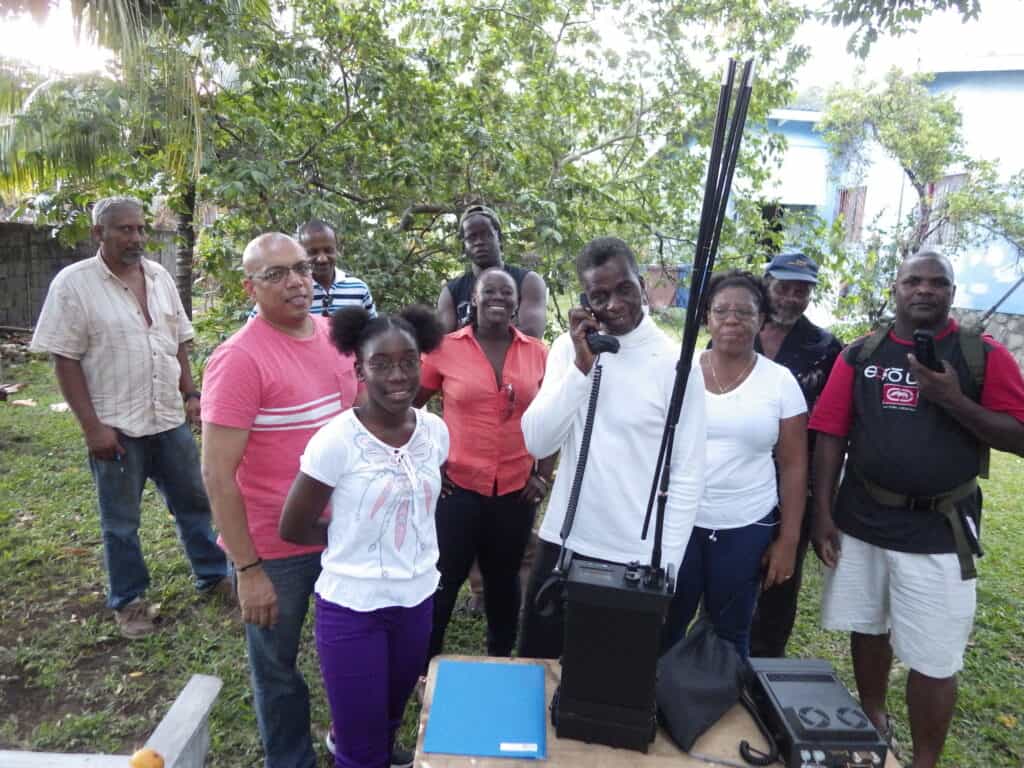The Interplay of IoT and Radio Communication: A Look Into the Future
The Interplay of IoT and Radio Communication: A Look Into the Future

Explore the future of connectivity with Barrett Communications, where IoT meets tactical radio communication, paving the way for innovation in an IP connected world.
In a world that is rapidly embracing the marvels of technology, the integration of the Internet of Things (IoT) with radio communication stands as a beacon of innovation, redefining the boundaries of connectivity.
As we stand on the cusp of a technological revolution, it becomes imperative to study the opportunities and challenges that lie ahead. This article will explore these topics, including how Barrett Communications contributes to this landscape with cutting-edge products.
Tactical radio communication and IoT
At its core, tactical radio communication is designed to facilitate secure and reliable communication in mission-critical situations, often utilised by defence forces and emergency services. On the other hand, the IoT is a sprawling network of interconnected devices and systems capable of exchanging data seamlessly to foster intelligent automation and enhance operational efficiency.
The integration of IoT with tactical radio communication is not just a technological advancement but a paradigm shift that promises to usher in a new era of connectivity. According to recent statistics, the global IoT market is poised for exponential growth, with a significant portion of this surge attributed to advancements in tactical radio communication.
This integration promises to support a seamless flow of information, enhancing situational awareness and performance effectiveness in critical missions.
Opportunities with 5G
The onset of 5G technology is a cornerstone in the evolution of communication networks, offering unprecedented speeds and connectivity options. Its role in advancing intelligent automation and spearheading industry digitisation cannot be understated. A recent study published on SpringerLink details the transformative capabilities of 5G, especially in enhancing the scope of intelligent automation, including tactical radio communication.
5G promises to be a game-changer, offering a robust platform that can accommodate the burgeoning demands of IoT networks, thereby paving the way for innovative applications in the realm of tactical radio communication.

Navigating the complex landscape
However, this journey is not devoid of challenges. The integration of IoT with tactical radio communication brings forth many security concerns, necessitating robust measures to safeguard sensitive data. Moreover, the need for standardised protocols to ensure interoperability is a significant hurdle, requiring concerted efforts to develop a cohesive framework.
Furthermore, implementing IP technology comes with its set of considerations, including spectrum allocation, infrastructure investment and regulatory compliance, all of which demand meticulous planning and strategic foresight.
To tackle these challenges head-on, Barrett Communications has developed specialised products like the 4050 and PRC-4090 radios. These radios can be controlled remotely via an app and feature in-built IP connectivity, offering a secure and standardised solution. Additionally, our TAC Message and TAC Command software provide functionalities like emails, real-time position tracking, and alerts, specifically designed for tactical users. These innovations are designed to overcome obstacles and set new standards in secure, interoperable communication.
Future prospects
The future seems promising, with many applications waiting to be explored. The possibilities are boundless, from autonomous drones that can transform surveillance to wearable devices that enhance soldier safety and intelligent transportation systems that aim to redefine urban mobility.
The global tactical communication market is on an upward trajectory, promising a future where communication is a necessity and also a tool for innovation.
Wrapping up
Ultimately, the interplay of IoT and tactical radio communication heralds an era of unprecedented opportunities, promising to reshape the landscape of mission-critical communication. While challenges exist, the potential for innovation and transformation overshadows them, offering a glimpse into a future where connectivity knows no bounds.
At Barrett Communications, we are excited to be a part of this journey, fostering innovation and driving change in the world of communication. Contact us to explore a future where technology heralds unprecedented advancements.







